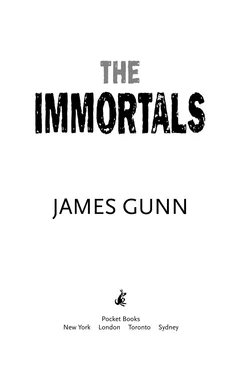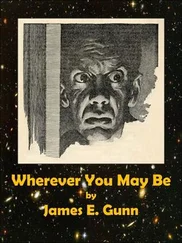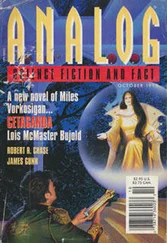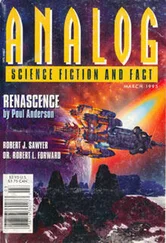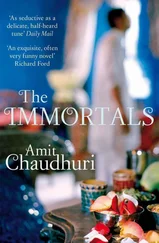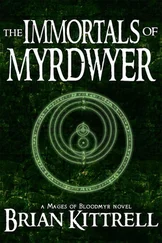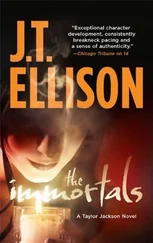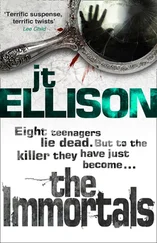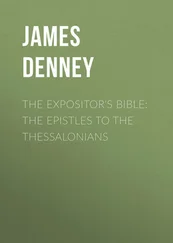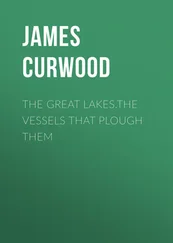Flash forward about twenty-five years. Some interesting things happened in the interim: Bantam Books reprinted the novel in 1968 and Pocket Books in 1979, and it got translated into Italian, Japanese, German, Portuguese, and French, and reprinted in Great Britain. But then, in the mid-1990s I got a telephone call from a woman who said she was calling from Disney Pictures and was looking for the person who owned the feature film rights to The Immortals. “You’ve found him,” I said. Back in 1968, Paramount, when it took over the contract from Bob Specht, had elected to buy only the television rights, not the more costly feature-film rights.
That began a series of Hollywood experiences (which Vonda N. McIntyre has characterized as “hysterical enthusiasm followed by total silence”). Touchstone Pictures, a Disney subsidiary, was interested in making a feature film (“we see it as a major motion picture with a major star and a major director such as Sidney Pollack or James Cameron,” the Touchstone president told me, when I visited him with my agent, Dorris Halsey). But whoever at Disney was enthusiastic about the project got fired, and Disney did not renew the option. Before the Disney option had expired, however, another producer was already pursuing the rights (tipped off, we heard, by a screenwriter who had been asked by Touchstone to offer a “take” on the film), and he took over the feature-film rights on the same terms. But then he, too, did not renew the option. A third and then a fourth producer took options and were unsuccessful. Now the novel is once more under option, to Warner Bros.
During all this film hope and hype, I resold the reprint rights to Pocket Books and, at the editor’s request, updated some of the material and added a new 20,000-word section in the middle. The Touchstone president had commented (perceptively, I thought) that it was really the doctor’s story, so I filled in a middle section about Dr. Russell Pearce’s search for the elixir vitae.
People have not yet discovered immortality, although a recent article in The New York Times speculated that by 2,200 people may be living for six hundred years. But until then our only immortality may lie in progeny and books.
James Gunn
Lawrence, Kansas
Light breaks where no sun shines;
Where no sea runs, the waters of the heart
Push in their tides.
Light breaks where no sun shines
And death shall have no dominion.
DYLAN THOMAS
The young man was stretched out flat in a reclining hospital chair, his bare left arm muscular and brown on the table beside him. The wide, flat band of the sphygmomanometer was tight around his bicep, and the inside of his elbow, where the veins were blue traceries, had been swabbed with alcohol and betadine.
His eyes followed the quick efficiency of the phlebotomist. Her movements were as crisp as her white uniform.
She opened the left-hand door of the big refrigerator and from the second shelf removed a double plastic bag connected by plastic tubing. There was a hole at the bottom for hanging the bags from an IV pole. The plastic bag was empty, flat, and wrinkled. A syringe needle on a length of clear, plastic tubing was attached.
The technician removed the protective plastic cap from the needle and stretched out the tubing. She inspected the donor’s inside arm where it had been sterilized and deadened with lidocaine. The vein was big and soft, and she slipped the needle into it with practiced skill. Dark red blood raced through the tube and into one of the plastic bags. Slowly a pool gathered at the bottom and the wrinkles began to smooth.
The technician stripped a printed label with the date and a number from a sheet of nonstick paper and pressed it on the plastic bag. At the bottom she put her initials.
“Keep making a fist,” she said, glancing at the bag.
When the bag was full, she closed a clamp on the tube and removed the needle from the donor’s arm, replacing it with a cotton ball and a plastic bandage.
“Keep that on for an hour or so,” she said.
She drained the blood in the tubing into test tubes, sealed them, and applied smaller labels on them from the same preprinted sheet of paper before she placed them on a rack in the refrigerator.
The tubing and needle were carefully discarded in a waste disposal canister with a plastic lining.
“The typing will be done at the center,” the technician said. “If you’re really O-neg, you might make a bit of money from time to time. That’s the only kind that we have to buy when we can’t get enough donations.”
The donor’s youthful lips twisted at the corners.
“I’ll need your name and address for the records,” the technician said briskly, turning to the computer on her desk and typing a number into it. After the young man had given it and she had typed it in, she said, “We can have you notified when the results come back. The lab checks for AIDS, hepatitis, venereal and other blood-carried diseases. All confidential, of course. If you like, we can put your name in our professional donor’s file.”
Without hesitation the young man shook his head.
The technician shrugged and handed him a slip of paper. “Thanks anyway. Stay seated in the waiting room for ten minutes. There’s some orange juice, coffee, and muffins that you can have while you wait. The paper is a voucher for fifty dollars. You can cash it at the cashier’s office—by the front door as you go out.”
For a moment after the young man’s broad back had disappeared from the doorway, the technician stared after him. Then she shrugged again, turned, and put the unit of blood onto the refrigerator’s top left-hand shelf.
A unit of whole blood—new life in a plastic bag for someone who might die without it. Within a few days the white cells will begin to die, the blood will decline in ability to clot. With the aid of refrigeration, the red cells will last—some of them—for three weeks. After that the blood will be sent to the separator for the plasma, if it has not already been separated for packed red blood cells, or sold to a commercial company for separation of some of the plasma’s more than seventy proteins, the serum albumin, the gamma globulins…
A unit of blood—market price: $50. After the required tests, it will be moved to the second shelf from the top, right-hand side of the refrigerator, with the other units of O-type blood. But this blood was special. It had everything other blood had, and something extra that made it unique. There had never been any blood quite like it.
Fifty dollars? How much is life worth?
* * *
The old man was eighty years old. His body was limp on the hard hospital bed. The air-conditioning was so muffled that the harsh unevenness of his breathing was loud. The only movement in the intensive care unit was the spasmodic rise and fall of the sheet that covered the old body.
He was living—barely. He had used up his allotted three-score years and ten, and then some. It wasn’t merely that he was dying—everyone is. With him, it was imminent.
Dr. Russell Pearce held one bony wrist in his firm, young right hand and looked at the monitors checking blood pressure, heart function, pulse, oxygen level… Pearce’s face was serious, his dark eyes steady, his pale skin well molded over strong bones.
The old man’s face was yellow over a grayish blue, the color of death. The wrinkled skin was pulled back like a mask for the skull. Once he might have been handsome; now his eyes were sunken, the closed eyelids dark over them, his mouth was a dark line, and his nose was a thin, arching beak.
Читать дальше
